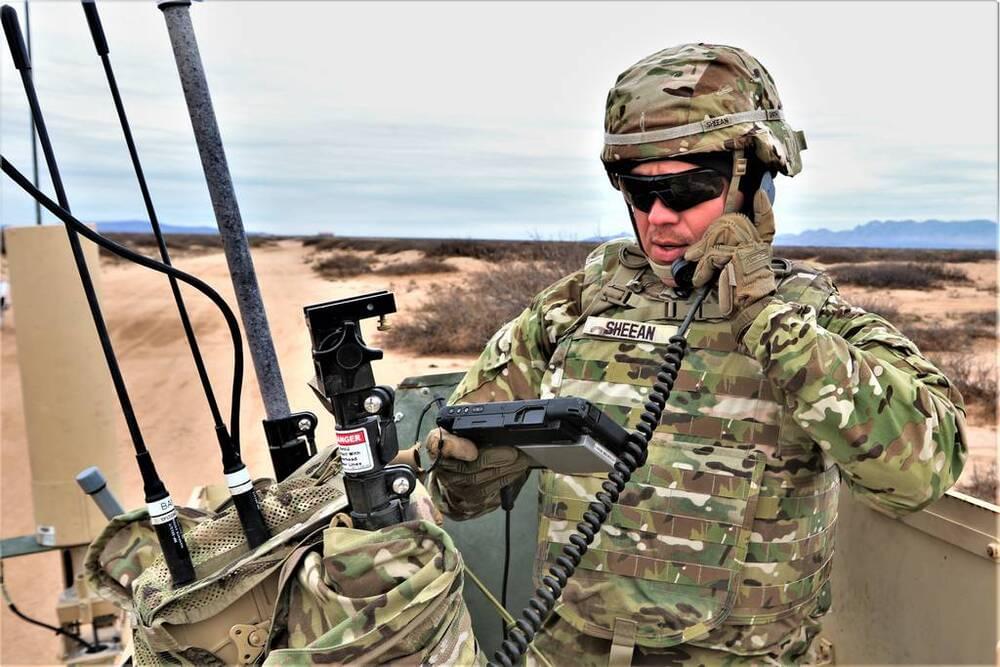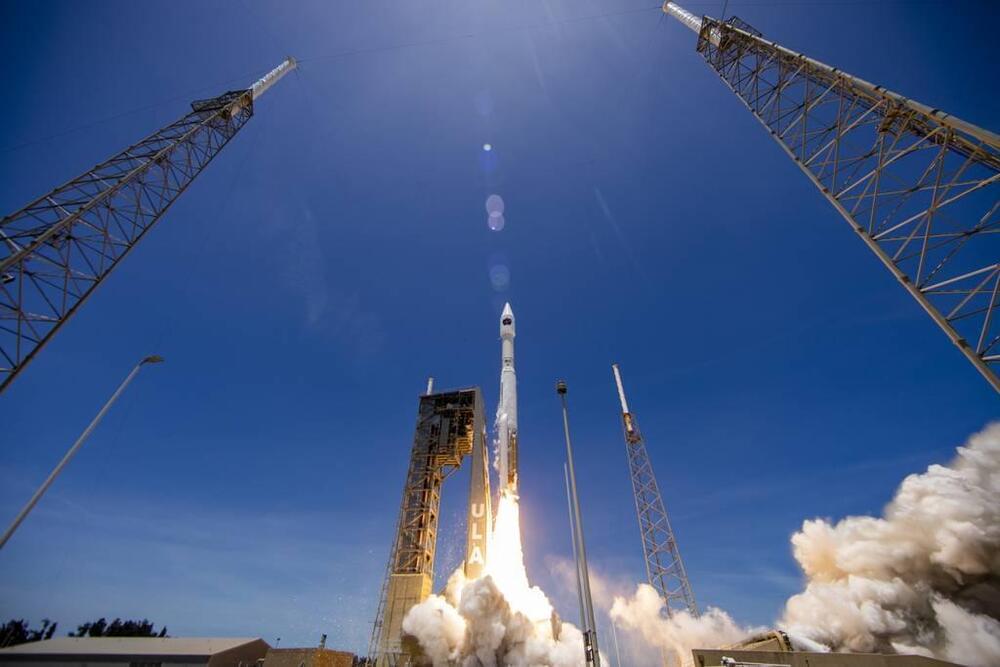Sep 2, 2022
The world’s largest offshore wind farm, powering 1.4 million homes, is now live
Posted by Gemechu Taye in categories: energy, finance
Orsted.
In its bid to achieve net zero carbon emissions by 2050, the U.K. is banking heavily on wind-generated power. To this effect, it commissioned the Hornsea One project, which was the largest offshore wind farm in the world at the time of achieving fully operational status in 2020. Two years later, the Hornsea 2 project is fully operational and has claimed the bragging rights for being the largest offshore wind farm in the world.

















